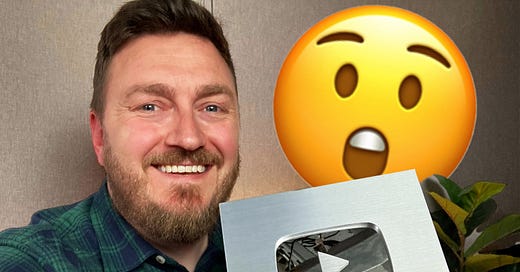Well hello!
Before we begin I have a favour to ask. I’m testing a new business idea and I need your help.
Over the past 12 years I’ve recruited for many podcast roles both permanent and freelance and have been struck by how analogue the process is. There isn’t a single one-stop solution for finding good, reliable and verified podcast production staff quic…
Keep reading with a 7-day free trial
Subscribe to Podcast Strategy Weekly to keep reading this post and get 7 days of free access to the full post archives.




